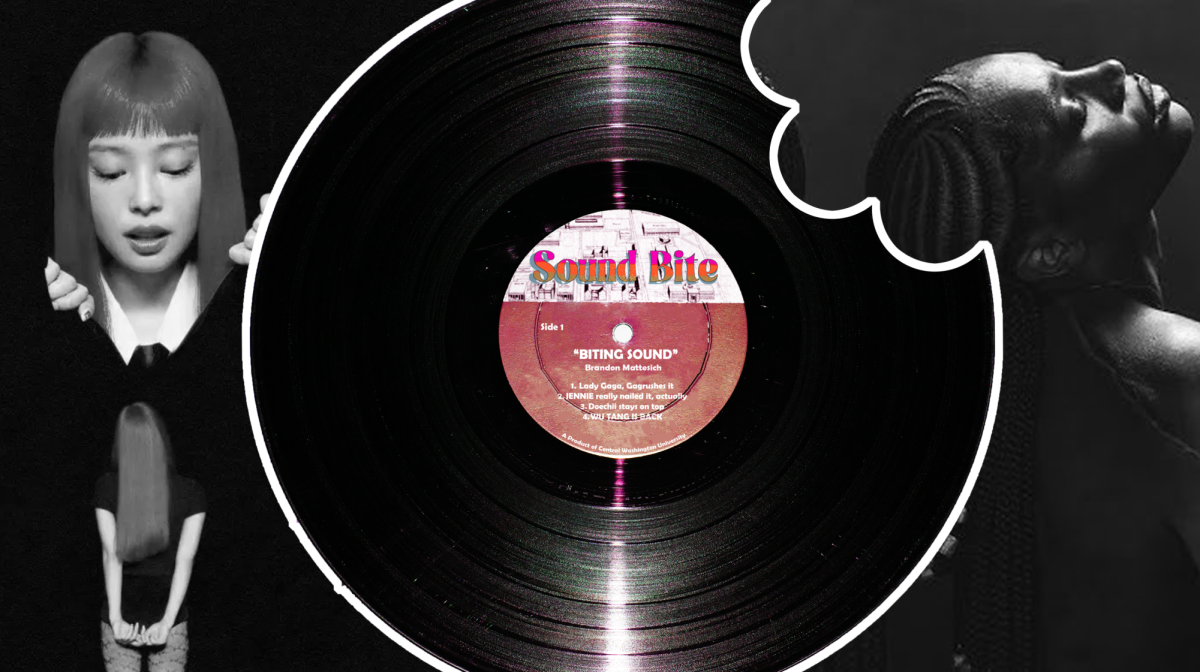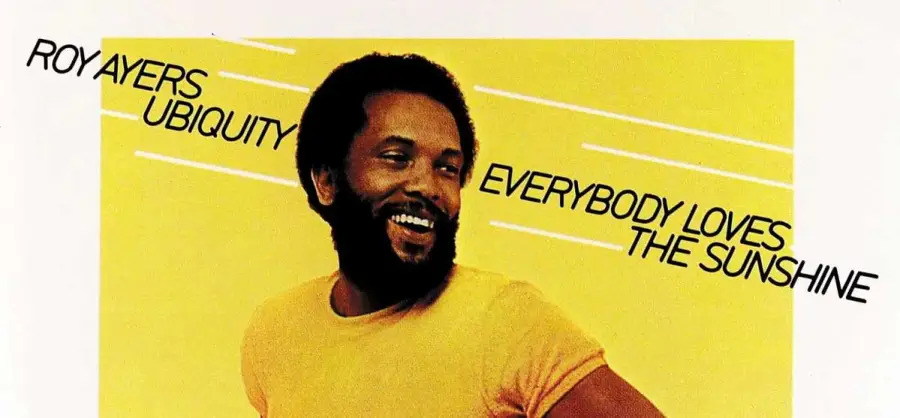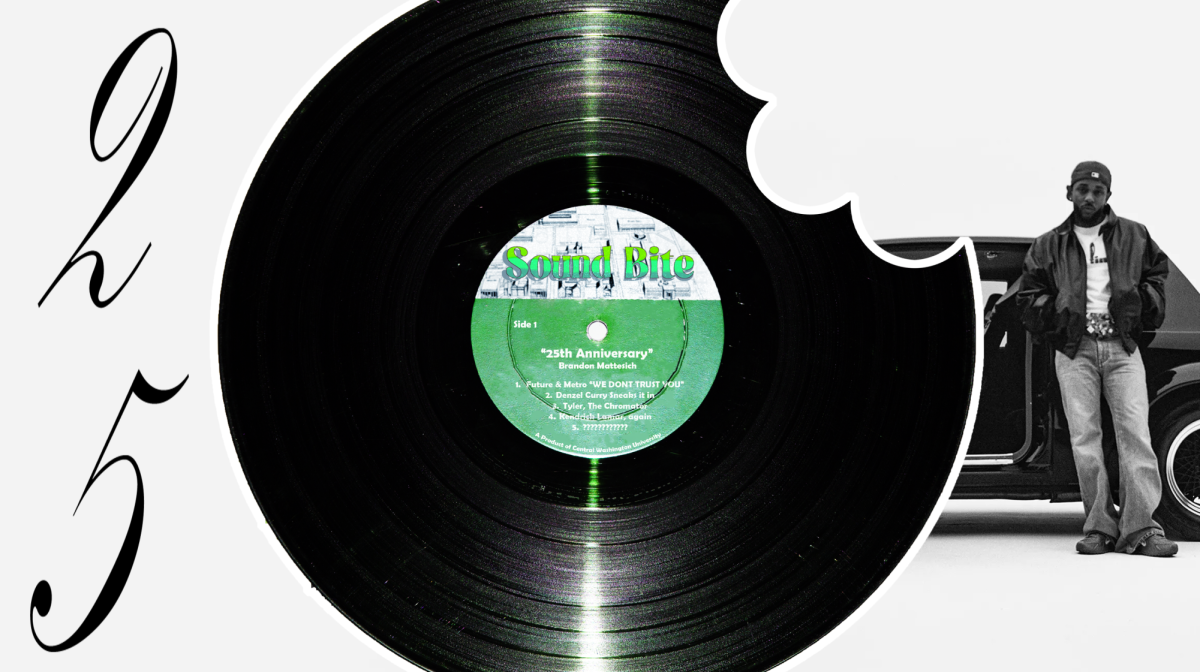Hi! Bunta Shimmori is my name. I’m a student journalist for the Observer, and I come from Japan. Japanese culture is now spreading via anime, social media and anywhere. If you hear “Japan,” what do you think about? A shrine? A temple? Cherry blossoms? My guess is most of you guys would say “Sushi” or other Japanese dishes.
Nowadays in the U.S, there are a lot of foods from Japan. If you wanted to cook Teriyaki chicken, you could find Teriyaki sauce at the grocery store. When you go to the grocery store, there are California rolls at the deli. Sake does make sense for most people in the U.S. even if I don’t say “rice wine.”
However, I don’t see Teriyaki sauce in the grocery store in Japan. I have never heard of “dragon roll” in Japan. I cannot forgive green tea with sugar and honey. I’m not representative of all Japanese people, but I think some American-Japanese foods are different from my country’s. I feel Japanese food in the U.S. is not real Japanese food.
Then, what should I do? Yes, I have to check it on my own tongue. So last Saturday my Japanese friends and I visited Oyama, a Japanese restaurant local to Ellensburg.
When I enter the restaurant, I smell the same smells as a Japanese Sushi restaurant. As a Japanese guy who misses my home country, it made me a little happy. However, the interiors there must not be seen in Japan.
The wall is red, the light is too bright and most seats were tables and chairs. Because of that, it seemed like a Chinese restaurant rather than a Japanese one. However, we saw some effort in making it more Japanese, like a plate for sushi or the picture of Ukiyo-e(*1).
Please imagine this: you go to Japan and enter a hamburger shop. You can see the American flag on the wall. The Statue of Liberty and the bald eagle next to your seat. You may think, “Yes, this seems so American, but it’s freakin’ stupid!” How strange it is. Then, how about the taste of the food?
Sushi (Nigiri)
I tried a “sushi appetizer.” There was shrimp, salmon, yellow tail and so on. To be honest, that was great! In opposition to the interior, the Nigiri was authentic. The Salmon was flesh, fatty and the Shari(*2) was not too salty but not too sweet. That experience was the same as Kaiten-sushi(*3) or better than that.
Sushi(roll)
The roll was also good!! I liked the idea of rolling the outside of sushi with fish. In Japan, rolling the outside of the roll with seaweed is a common idea, so I think it’s a good deal because we can enjoy the fish inside and outside. However, I hoped for a bigger roll…
Tempura
I was satisfied with the Sushi, but the Tempura had some points I couldn’t forgive. They used “Ten-tuyu,”(*4) which is a sauce specifically used for tempura, and the Tempura was crispy, however, just shrimp tempura was too crispy. When I checked it, I found they may have used panko. If you use panko for shrimp, it will then be “Ebi furai.”(*5) That is completely different from Tempura. Also, they were serving broccoli. I was like “Why did they do that? Everything was fine until they served Ten-tuyu!” Now I can partially understand why Italian people get mad when someone breaks spaghetti. We don’t do that in my country.
Conclusion
From this experience, I want to say America is so good at merging its culture with other ones. I think if you’re living in America, you should be proud of that because I want to eat rainbow rolls even if I go back to Japan. I hope I can eat it in Japan. At the same time, making something more Americanized is sometimes not enough. Because of that, you see something hard to tell where its food comes from. For me, that’s so close. It could become authentic, it could be America’s original. I want to say, with just a little respect for the original, or little idea, it must be great! Therefore, I really want you to come to Japan and try “Japanese food.” Then, please think about “How American-Japanese food will be like in the future,” because that is what is needed for more culture in our life.
(*1)Ukiyo-e -> Japanese traditional art style, which become very popular in Edo period–around 17C. Thanks to development of printing technology, people could make pictures with cheap price. I think that is similar culture with “poster,” you put on the wall in your room.
(*2)Shari -> After people die and are cremated, bones which seem like white grain would be left. In buddhism word, people call it as 舎利(Shari). Because rice seems like it, rice is sometimes called “Shari.”
(*3)Kaiten-sushi -> Nowadays, a lot of japanese people are enjoying sushi with this style. Sushi will be served to your seat with belt conveyor. Because sushi will go around and around, inside of restaurant, it’s called 回転すし(Kaiten, means go around)
(*4)Ten-tuyu -> Japanese sauce which is based on soup stock of fish, seaweed and soy sauce.
(*5)Ebi-furai -> Deep fried shrimp with panko. We can say European-Japanese food rather than Japanese food








